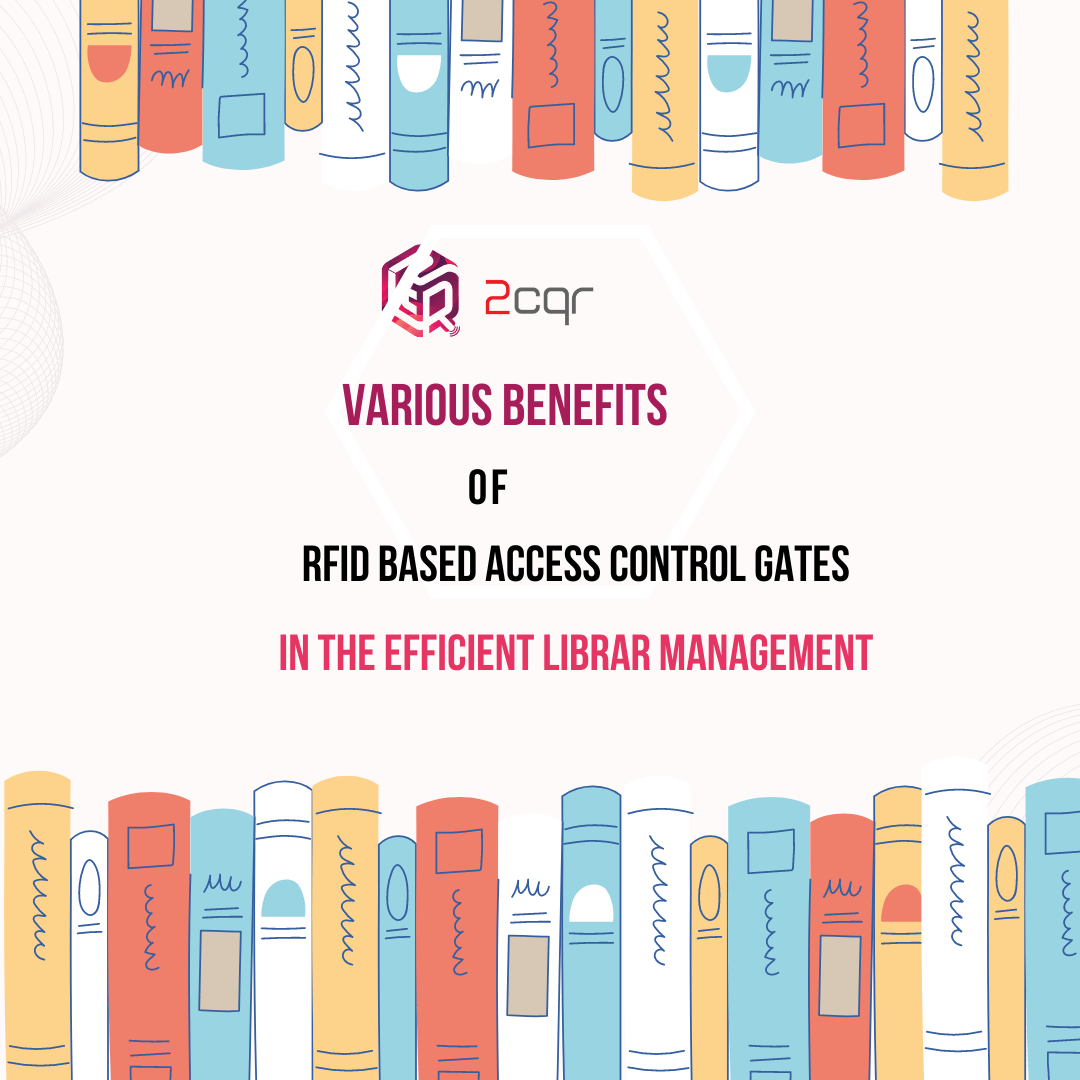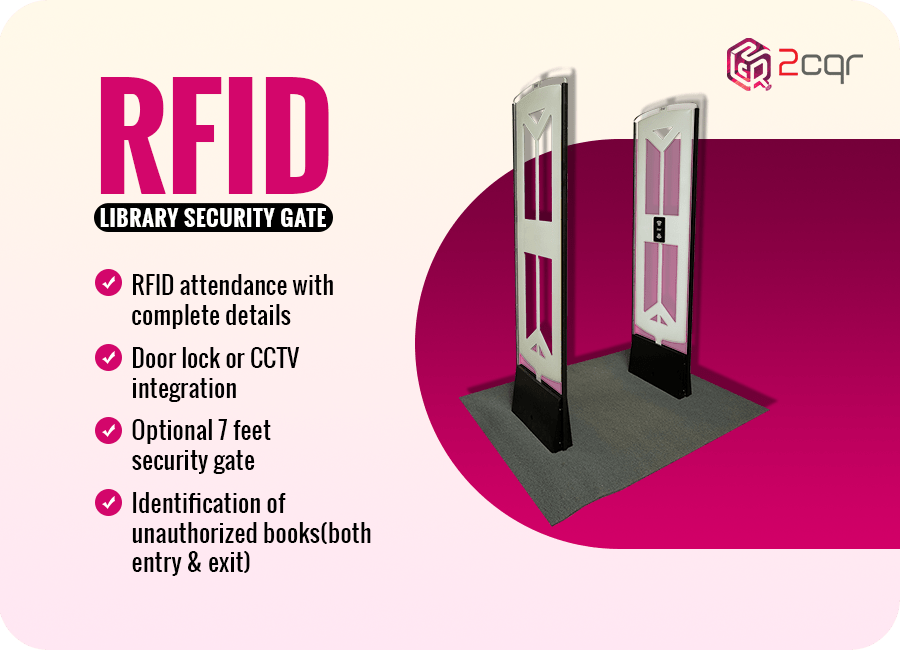
The adoption of RFID for libraries has been rapidly increasing in recent years due to its ability to enhance security and streamline operations. In particular, RFID based access control gates play a crucial role in safeguarding library resources.
In this article, we will explore the importance of RFID technology-based access control systems in libraries and the benefits they offer.
Enhanced Security:
RFID-based access control gates employ either face recognition technology or access cards to restrict entry to authorized individuals only that helps to prevent unauthorized persons from entering the library.
Additionally, RFID readers within the access control gates trigger alarms when unrecorded checkouts or unauthorized access is detected, alerting staff members to attend to the issue promptly, ensuring enhanced security.
No Additional Resources & Equipment:
By implementing RFID-based security gates, libraries can efficiently manage all access points through a centralized management system, eliminating the need for additional security staff.
This not only reduces costs but also allows library staff to track the real-time movement of patrons throughout the library. The automated nature of RFID technology in libraries simplifies security management and resource monitoring.
Data Analysis:
RFID technology enables librarians to gather valuable data based on access activity at various access control gates within the library.
The data can be analysed to determine subscription details, peak traffic times, frequently visited areas, and collections within those areas.
With these insights, librarians can make data-driven decisions regarding staff management, system upgrades, collection development, and circulation, ultimately improving the overall library experience.
Flexibility:
One of the significant advantages of RFID-based security gates is the flexibility they offer in scaling up access permissions.
Libraries can easily issue RFID cards or tags to authorised users, granting them access to library premises and resources.
As the library expands its services or user base, the access control system can be scaled up by issuing additional RFID cards or tags, ensuring that authorized users can continue to access the library’s offerings seamlessly.
Customization:
RFID technology is highly adaptable to suit specific library needs, making it ideal for library management.
This holds particularly true for security gates, where the access control systems can be customised for specific materials or resources that allows restricted entry for certain items while providing open access to others, thereby protecting valuable resources and enhancing the user experience.
Hassle-free Integration:
RFID-based security gates can be seamlessly integrated into existing library systems and infrastructure and they work harmoniously with library management systems, enabling smooth communication and data exchange.
The integration of RFID systems with library management systems simplifies the process of scaling up access control without requiring a complete overhaul of the library’s infrastructure.
Libraries can leverage their existing systems while benefiting from the added security and efficiency provided by RFID technology.
Conclusion:
The integration of RFID technology and access control gates brings numerous benefits to libraries, ranging from enhanced security and streamlined resource management to data analysis capabilities, scalability, customization, and hassle-free integration.
By adopting these RFID solutions, libraries can create a secure and efficient environment for patrons while optimising their operations. Embracing RFID technology and access control gates is a significant step toward transforming libraries into modern, technologically advanced spaces that cater to the needs of today’s digital age.


